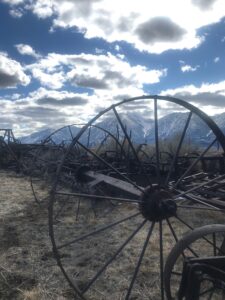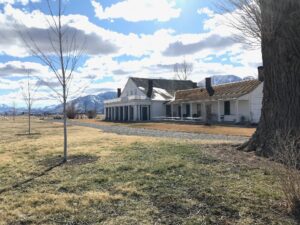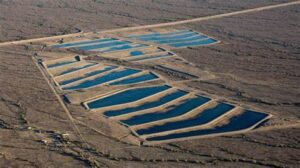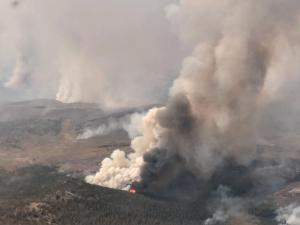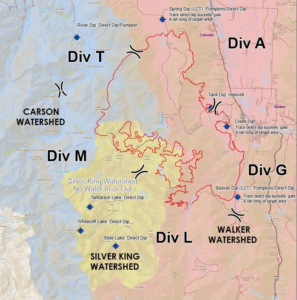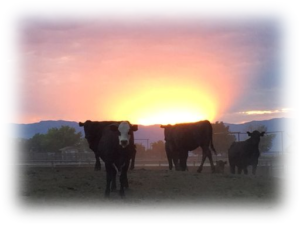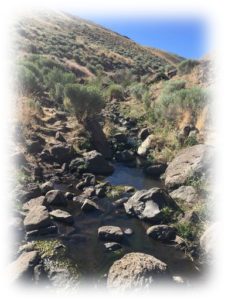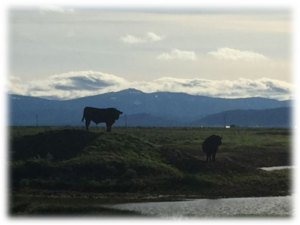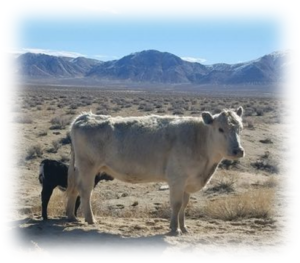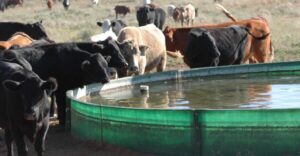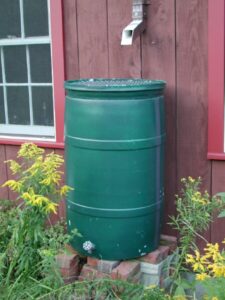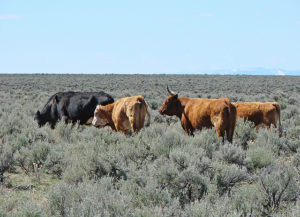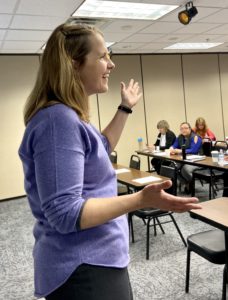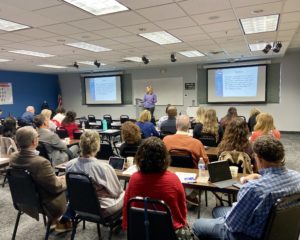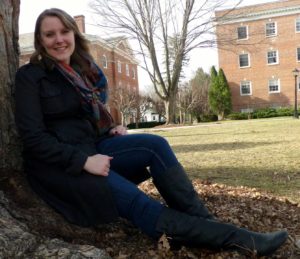Nevada Considers Creating Water Courts

The discussion of a specialized water judiciary is ramping up as Nevada considers creating water courts in both the legislative and judicial branches.
I. Proposed Legislation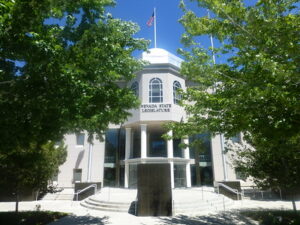
On November 18, 2020, Senate Joint Resolution No. 1, commonly known as SJR1 was pre-filed for the 2021 legislative session. SJR1 was originally proposed by the Nevada Division of Water Resources, Office of the State Engineer (“Engineer”). Then, the Nevada Legislative Counsel Bureau drafted the bill’s text for prefiling. SJR1 proposes to amend the Nevada Constitution to provide that the Nevada Court of Appeals has original jurisdiction over certain cases relating to water. These cases contemplated in the bill include civil cases arising from a final order or decision of the State Engineer. Currently, the original jurisdiction of these cases falls with the district courts.
The actual amendments to sections 4 and 6 of the Nevada Constitution are brief. However, under them, the appeals of complex and technical State Engineer decisions would bypass the district courts and end up directly in front of the Court of Appeals. Water users and legal observers alike raised many concerns about SJR1 even before lawmakers arrived in Carson City on February 1, 2021 for the start of the legislative session. For example, water users in Battle Mountain who dispute State Engineer rulings would be required to travel hundreds of miles to Las Vegas or Carson City to appeal their case before the Court of Appeals. A common theme of concern was the limited access to justice that would result from this reorganization.
Acting State Engineer Adam Sullivan expressed agreements with these concerns. The State Engineer’s office ultimately decided not to pursue SJR1 as written.
However, the State Engineer also expressed the importance of the premise originally contemplated in SJR1. The idea behind the bill was to create a small group of judges that, over time, would hear many water cases and would develop a subject-area expertise in water law. It is no secret that water law is a science heavy and technical area of law. Many attorneys who practice water law specialize in it for this reason. Other states also recognize this type of specialization in the judiciary. Colorado for example created its Water Courts in 1969, appointing a water judge for each of its seven water divisions. These judges have specialized jurisdiction in the determination of water rights, use and administration of water, and all other water matters within their division.
II. Judicial Petition
As the State Engineer moves away from SJR1, Supreme Court Chief Justice Hardesty moves forward with a petition to empanel a commission that will examine the creation of specialty water courts in Nevada. The goal of the petition is to bring more water law expertise to the judiciary. The petition, identified as ADKT 576,would study improvement of education, training, specialization, timeliness, and efficiency of Nevada’s district courts in the judicial review of water cases. It would further consider the authority of the Chief Justice of the Supreme Court to designate trained district judges to serve on water cases. The petition suggests the inclusion of the follow representatives on the commission:
-
-
- Nevada Department of Conservation and Natural Resources/State Engineer;
- Water Rights Engineers/Hydrologists;
- Water Rights Attorneys;
- Urban Municipal Water Purveyors;
- Rural Water Interests;
- Agriculture;
- Irrigation Districts;
- Mining;
- Environmental Organizations;
- District Court Judges;
- Rural Nevada Communities; and
- Urban Nevada Communities.
-
 III. Public Hearing
III. Public Hearing
The Supreme Court held a public hearing on ADKT 576 on March 3, 2021. During the hearing, Justice Hardesty identified water as a “challenging, complexing, and consistently disagreed upon” area of the law. The Court took comment on the petition during the hearing. While the representation at the hearing was diverse, there was a common consensus: general support for the creation of the commission and a new way to judicially review State Engineer decisions.
Deputy Administrator Micheline Fairbank and Acting State Engineer Adam Sullivan represented the State Engineer’s Office. “We believe an understanding of the law and precedent is not only required but important to the ability and desire to make sense of the technical scientific data,” Fairbank commented. Sullivan echoed the sentinent and expanded, stating that the commission needs diverse and broad representation of all Nevadans, including Tribal Nations. The State Engineer also requested the Court expand the scope of the water court’s jurisdiction to adjudication proceedings.
Representatives for the Truckee Meadows Water Authority, water law attorneys, and environmental groups also generally supported the petition.
The Court took no action on the proposal during the March 3, 2021 hearing. You cna track the status of the petition here.
Interested in more legislative water law updates? Check out our blog on AB 5, AB 6, and AB 15 and keep an eye on blog postings for future updates.

